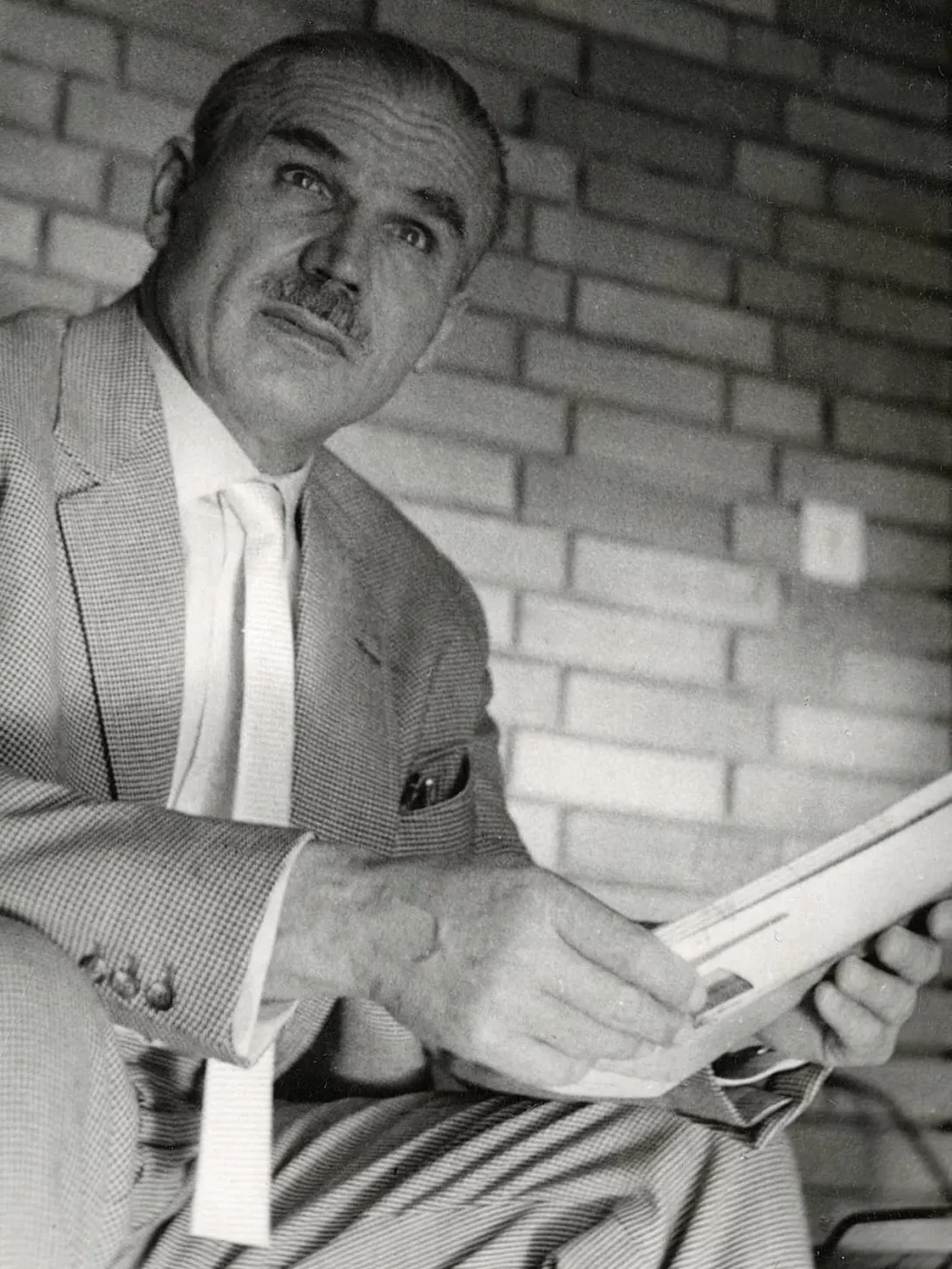At the age of 19, he studied at Bauhaus in Weimar and worked in the office of Walter Gropius. In 1924, he took over the job as office manager and construction manager at the new Bauhaus and Masters' Houses in Dessau. Icons of the modern age. But Neufert sought new challenges and at the age of 26 accepted a professorship at Bauhochschule in Weimar. After it was closed in 1930, he taught architecture at Itten School in Berlin and worked as a freelance architect.
Ernst Neufert's work was diverse. His work as a designing and building architect extends beyond 100 designs of the most diverse building typologies.
Curiosity and a spirit of discovery led Ernst Neufert to architecture at an early age. He is a mastermind in standardization, an architect of large industrial buildings and private homes, and at the same time designs furniture and dedicates himself to teaching.
In 1936 he developed the book Bauentwurfslehre, which has been continued to this day and is regarded as a standard work in architectural literature. In the course of his life, the advancement of standardisation in the building industry was always a major concern for him.
Through his teaching at Technical University of Darmstadt, Ernst Neufert influenced several generations of architects in their training and attitude.
To this day, Ernst Neufert's Bauentwurfslehre , in countless new editions and translations, is a much used standard manual for designing architects worldwide.
Ernst Neufert belongs to the generation of architects who, in the developmental years of the first half of the 20th century and after two wars, have the task of creating new intellectual foundations as an ordering element for the design of the environment and giving form and shape to these new insights.
